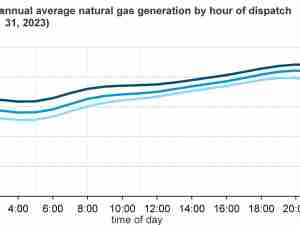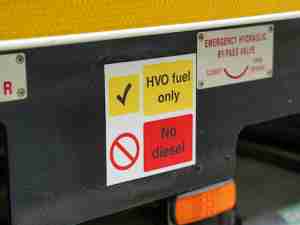Here is a comment on the main takeaways from today’s meeting by Rystad Energy’s Head of Oil Markets Bjornar Tonhaugen:
First things first: An 87% compliance on the OPEC+ agreed production cuts is a good percentage. In fact a better percentage than most market participants really expected when the curtailments were first announced. The high-level compliance is a song to the traders’ ears who have been worried that words may have been too good to be true.
On the naughty corner, Iraq and Kazakhstan are now officially pressed to act and live up to their word. They both committed to compensate for the lack of compliance and their higher production so far and that could be an extra piece of bullish news for the market, which may see the two nations removing some supply. If that gets realized that could only work in favor of prices, allowing them to maintain the 40+ USD levels that they’re currently enjoying.
For Iraq in particular, It is critical for the OPEC+ alliance that the country appears to have a mechanism in place to align with the voluntary cuts. Promising signs through cuts in export nominations to term buyers have been announced and exports are trickling lower into the first three weeks of June.
Now someone may ask: ‘Yes but the meeting today did not recommend continuing the high-level 9.7 million bpd cuts in August. Why are prices gaining?’
Prices are gaining because of the high compliance, the trust in the OPEC+ measures and indications that road fuel demand is increasing across the world.
There is a downside risk of course, in case of a second Covid-19 wave, but we are not there yet and the pandemic’s new outbursts in the Americas and Asia are already partly priced in. Even if the pandemic returns, lockdowns at the levels of 2020’s first half are unlikely to be seen. Several countries were already hesitant when they imposed them and some had said they could have gotten away with a bit less strict public limitations.
Last but not least, the fact that not extending the deep cuts to August did not influence prices, shows that the levels we currently see are sustainable and not only affected by wishful thinking but can keep their ground without necessarily needing further good news. That’s an important note.
Of course that doesn’t mean that we have seen the end of it, the next OPEC+ meeting is in 4 weeks from now and many things can happen till then. It will certainly be interesting to see how demand will evolve till then, how sub-compliant members will keep their promises and if OPEC+ leaders will decide that it’s time to start putting the pandemic in the history box and increase supply again slowly, signaling the walk to a path of recovery from the producers’ side.








